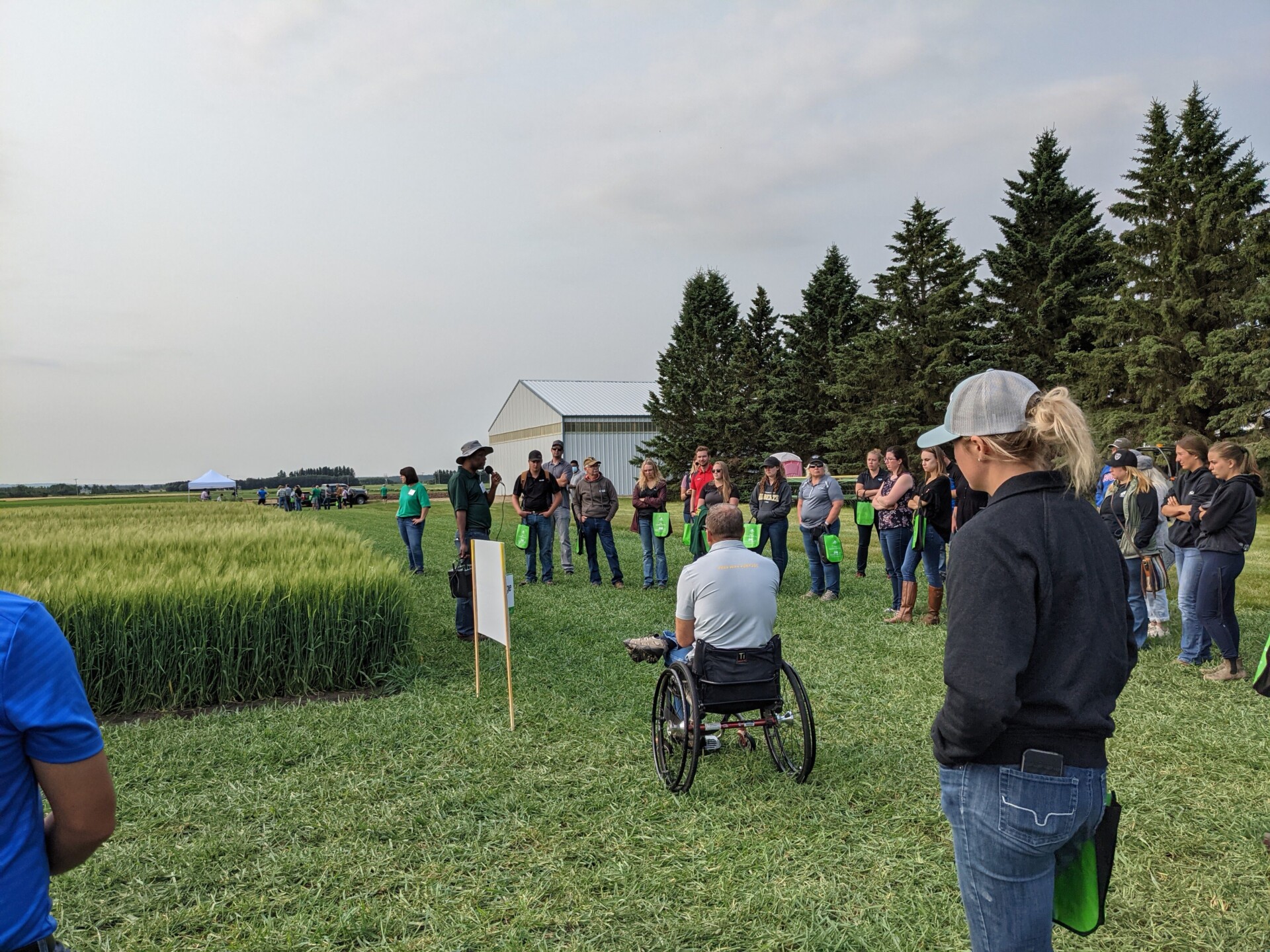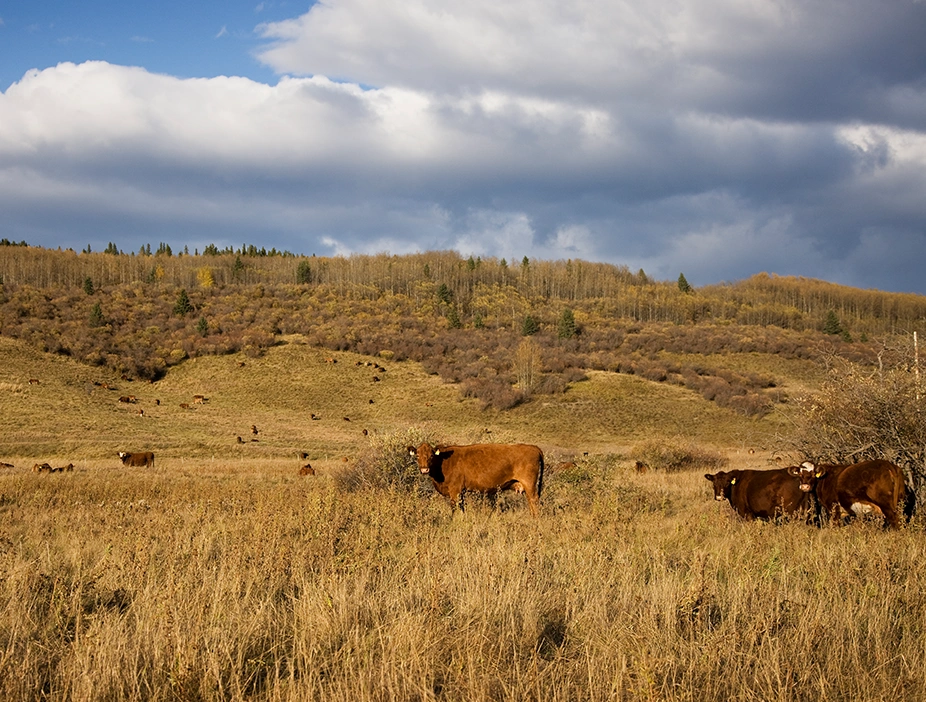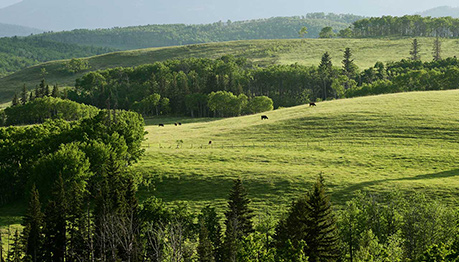Feeding strategies to reduce liver abscesses
Liver abscess rates in smaller pen research studies are often much higher than we see in commercial operations. While it’s not entirely clear why this occurs, it does provide an opportunity to accurately assess the effectiveness of different mitigation strategies at a lower cost than a very large commercial scale trial.
Completed: 2023
New diagnostics to inform antimicrobial treatment decisions
Bovine respiratory disease (BRD) remains the most common and economically important disease affecting feedlot cattle. About 15% of cattle in North America are treated for BRD, and it accounts for about 70% of the illnesses and 40% of deaths. Economic losses to the North American beef industry exceed $1 billion dollars annually.
Started: 2017 | Completed: 2019
Improving grazing capacity with bloat-free legumes
Including legumes in a pasture improves biodiversity, forage quality, forage yield, and soil nutrient status without having to apply extra nitrogen fertilizer. While alfalfa has long been the legume species of choice, concerns about bloat have often limited its inclusion into forage stands.
Started: 2015 | Completed: 2019
Best methods for pasture rejuvenation
There are several pasture rejuvenation options available to producers that are superior to break and reseed. Which method is right for you will depend on how depleted the pastures are in terms of soil nutrients, the ability to take on up-front capital costs, whether or not legumes are present in the stand, and whether the weather cooperates.
Started: 2016 | Completed: 2018
Showing 13-24 of 77



